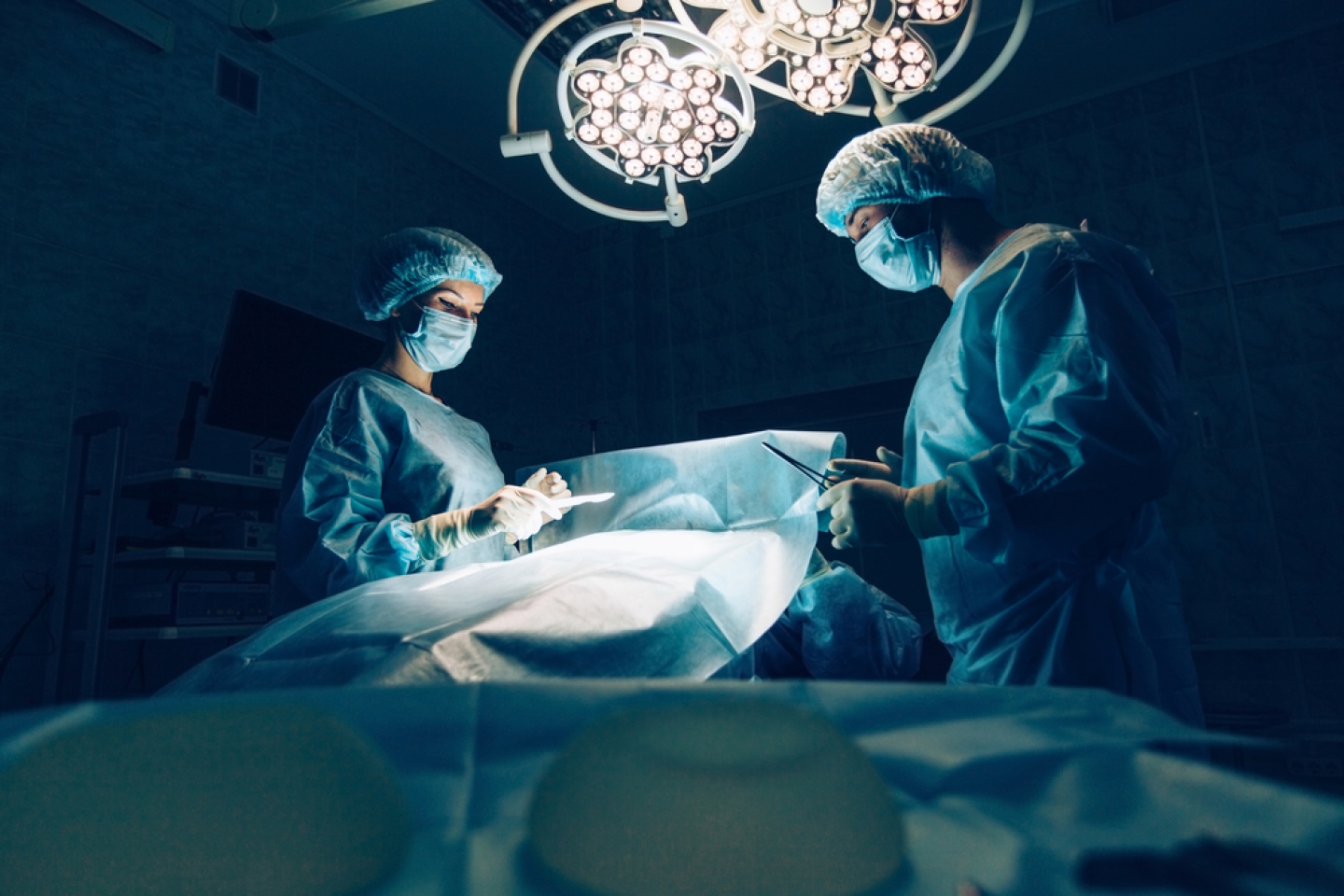
There are two types of patients who may undergo mastectomy, defined as the surgical removal of one or both breasts:
Losing a breast is no minor event, says Dr. Lisa Gfrerer, an assistant professor of plastic and reconstructive surgery at Weill Cornell Medicine who specializes in chest and breast reinnervation surgery. Mastectomy, while life-enhancing and potentially life-saving, can result in a profound loss not only of the breast but of sensation. The chest skin and the nipple areolar complex—the tip plus the pigmented area that surrounds it—will be completely and permanently numb after mastectomy in most patients.
“Sensation matters a great deal,” Dr. Gfrerer says. “After a mastectomy, patients typically report the inability to feel warm and cold, erogenous sensation, a light touch, pressure (such as a hug), water on the skin when showering or even their own clothing
“Mastectomy leads to sensory deficits that affect patients’ quality of life,” she continues. “In addition to numbness, patients also describe a ‘foreign body’ feeling that’s akin to phantom limb, as if the breast is still there.”
And numbness is not just uncomfortable. For some, she says, it can turn into pain.
Giving sensation back to her patients is at the heart of Dr. Gfrerer’s research and her mission as a surgeon. It’s called breast and chest reinnervation, and it’s available for those undergoing cancer-related mastectomy or gender-affirming surgery.
During mastectomy, the nerves that travel to the nipple areolar complex and the chest skin are cut. You might think that would be irreversible—a permanent consequence of the surgery. But thanks to specialists like Dr. Gfrerer, these nerves can be preserved shortly before mastectomy and re-attached toward the end of the procedure.
Here’s how it works. When the breast surgeon reaches the side of the chest, the nerve surgeon steps in, looks for the nerves in question, preserves as much length as possible and reconnects them, Dr. Gfrerer explains.
If you’re a cancer patient, the breast surgeon performs the mastectomy. Then, the plastic surgeon does the breast reconstruction. If the plastic surgeon is trained in nerve surgery, he or she can perform the reinnervation. If not, a nerve surgeon comes in and performs the procedure.
It’s simpler for transgender patients: The plastic surgeon will perform the entire procedure.
The reinnervation component only adds 30 minutes to a mastectomy for each side. That means it does not substantially increase surgical risk, which is quite low overall.
By recreating that anatomic connection, she says, the surgical team is able to remove one or both breasts while preserving their patients’ right to feel the world around them. Post-mastectomy, that’s a significant part of quality of life.
Mastectomy-plus-reinnervation is available for most breast cancer patients. Consult with your doctor to make sure you’re eligible for the procedure.
The procedure also is available for all female-to-male transgender patients.
“It takes time for the nerves to regrow,” Dr. Gfrerer says. “Transgender patients can expect to start to regain sensation in about 3 months. But cancer patients may not experience the return of sensation for a year or longer.
Note that chemotherapy and radiation will slow the process somewhat.
For transgender patients, this surgery is always same-day surgery.
Most cancer patients stay overnight for the mastectomy portion of the procedure and go home the next day.
“We guide our patients through the entire process until the nerves have regenerated,” says Dr. Gfrerer.
“The medical community needs to know about breast reinnervation and understand the importance of sensation,” she says. “Mastectomy is a tried-and-true procedure of great benefit to the cancer patients who require it. That benefit is now being extended to transgender patients, who can feel confident that they’re in good hands at our institution. Both groups of patients may lose one or both breasts, but they won’t lose the range of sensation to which they are accustomed—and entitled.”
To schedule a consultation with a surgeon, please visit here.